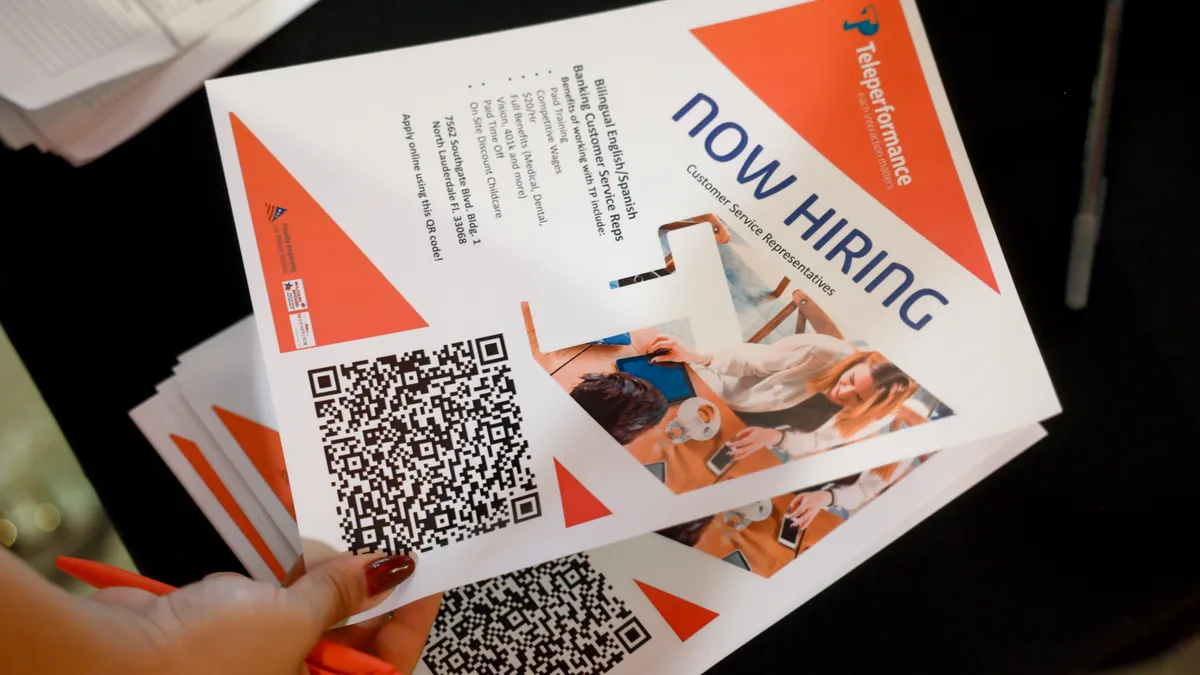Today's job seekers and employees are consumers, as interested in what employers can offer them as they are in what they can offer employers. So it may be wise to consider the role that L&D plays in employer branding. In other words, can employers leverage learning to boost their brand?
With the majority of millennials believing it's management's responsibility to offer development opportunities, this demographic is looking for employers that will invest in their future. But they're not alone; training is a top priority for all workers, particularly those who will need to upskill in light of digital disruption. In fact, a majority of workers say they would quit a job if it didn't offer some form of training. With today's emphasis on learning, and the resultant investment employers are making, learning may have the potential to be a brand element that can attract and retain talent.
Where L&D boosts brand
L&D can be tangible evidence of a company's brand essence, Tony Lepore, director of brand strategy at Shaker Recruitment Marketing told HR Dive via email. "Learning and development would be a clear internal expression of an organization's employer brand," he said. "These programs emerge from and demonstrate the company's value system."
After all, it's a major driver of employee engagement, according to Eric Freshour, senior manager at West Monroe Partners' Chicago Operations Excellence practice. It's "a main reason that employees stay with their employers," he wrote to HR Dive. "With this in mind, articulating an L&D strategy and philosophy can be an important aspect of attracting and retaining employees."
L&D coveys a focus on people, too, according to Dennis R. Baltzley, Ph.D., global solution leader, leadership development for Korn Ferry Portland. With L&D's ability to deliver more engagement, a stronger value proposition and more, it has become a central component to employer branding, he said.
Creating brand ambassadors
When branding showcases L&D, front-facing employees play an important role, according to Paul Hagen, senior principal at West Monroe Partners San Francisco.
Front-facing employees represent the brand with every interaction they make, he told HR Dive via email. "Yet, most receive little or no training or development to help them understand the actions and mindset that will have the most positive impact on customers' perceptions of the brand," he said. Good companies understand the drivers of customer and employee experiences and ensure L&D initiatives include guidance on how employees can help deliver on the promises made by an employer's branding, he explained; "Great companies take it a step further. They understand that happy employees make happy customers."
With today's emphasis on company culture, creating an enriching employee experience is key to building positive brand awareness, Mike Hicks, CMO at Igloo Software wrote to HR Dive. With training and mentorship, the effect comes full circle. "You can create a positive internal culture, which will be reflected in a positive customer experience and help build your company's brand," he wrote.
Marketing L&D brand
Details about programs and offerings "should be deliberately publicized on all of your employer branding channels as a part of your overall compensation and benefits package, but also as a significant part of the employee experience at your company," according to Heidi Collins, VP of people operations at 15Five.
That information should be prominent in all new-hire and employee communications, explained in handbooks and newsletters, mentioned regularly at group meetings and touted during one-on-ones, she suggested. External communications should emphasize learning even more prominently — in all job ads, on company web pages and profiles and in recruiter pitches.
Lepore suggests promoting L&D opportunities in all recruitment channels, including on career sites and social media and at college job fairs and other events. "Any candidate touch point provides the opportunity to deliver this important message," he said.
But there's no "one-size-fits-all" approach, Freshour said; the most successful organizations use a variety of different channels and mechanisms to spread the word about their L&D programs. L&D should be an agenda item during team and department meetings, but lunch-and-learns and informal training opportunities can work, too.
Keeping it transparent
Constant communication and feedback are necessary to demonstrate to current employees that L&D is providing value, and it's important that L&D objectives tie back to overall brand strategy and employers' desired outcomes for their branding. "This helps employees understand why pursuing L&D is worthwhile for them," Freshour said.
"Learning is always a two-part story of alignment," according to Baltzley. The learner must understand broadly the need to develop and specifically how it will help them succeed within the organization. In return, the company should be open about its strategy, clearly set expectations for employees and "provide the platform or vehicle that allows people to progress in line with delivering that strategy."
Validating the vision
First and foremost, a focus on L&D needs to be ingrained in the culture, the leadership and those helping to attract talent, according to Freshour. If it's not, it will be difficult to promote and candidates will quickly recognize an organization that doesn't truly value or devote time and resources to L&D.
Too few organizations openly share their cultural values and how they are expressed in concrete, experiential ways, according Lepore. "L&D can have an enormous impact on unifying/rallying an organization around what 'on-brand' behavior looks like and how the brand is experienced by those both internally and externally," he said. The stronger the alignment between word and deed, the more employee engagement benefits — and the more company brand will translate to consumers and potential hires.




















